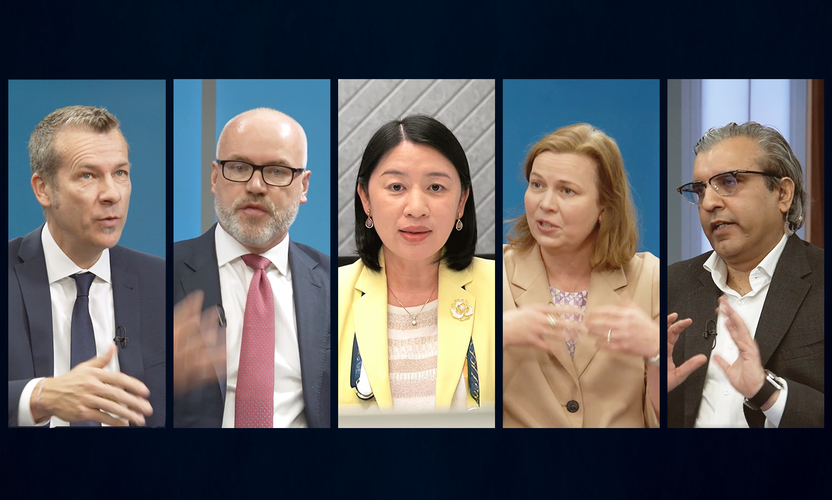The FLI Cycle Tracker continued its advance into the top-right quadrant with growth far above trend. Three-month momentum is now the highest on record, bringing the year-on-year reading in line with mini troughs after the Financial Crisis.
Recovery is broad-based with every underlying sector experiencing growth and acceleration. The FLI quantitative ‘bet’ is still positive on risk and short duration, near its highest ever reading.
Business Surveys continue to move into expansionary territory, with PMIs staying strong. Manufacturing new orders have been very robust relative to inventory draws, with this trend accelerating. Service-sector surveys are seeing a slight tick down in improvement, as new mobility restrictions roll out, but this is marginal for now.
Global Trade sits comfortably in the top-right quadrant. Both hard and soft data look strong here, with the resilience in high-tech exports now broadening out to a recovery in other industries such as textiles and automobiles. Global freight shipping costs are decelerating, perhaps mirroring a nascent rolling over in some industrial commodity prices after a very strong run, but survey components suggest a positive underlying trend.
The Consumer and Labour sector has finally joined the others in the top-right corner. On the surface, the state of the labour market has improved significantly in both Europe and the United States. That said, consumer confidence seems to be lagging in the US, perhaps due to a tapering of fiscal benefits. Moreover, the renewed restrictions in most developed countries could be an impediment to further confidence gains.
Industrial Orders have similarly, after a period of lagging behind, made it into the top-right quadrant. Japan’s inventory-to-sales ratio appears to be on the road to normalisation after a terrible run, while American and German industrial recovery extends.
The strong FLI momentum adds to confidence that policymakers have successfully created a ‘bridge’ to the hoped-for 2021 vaccine rollout, despite mounting downside growth risks. However, the pace of recovery will inevitably slow, given that many economies are approaching (or even going beyond) a ‘socially distanced’ equilibrium level of activity. Key factors to watch in the near term include the continued reabsorption of workers, the improvement in productivity with the ‘new normal’ becoming more entrenched, renewed mobility restrictions in much of the Western world, and tapering fiscal support - particularly in the US.
The US fiscal outlook is especially murky given messy congressional negotiations. Moreover, depending on who controls congress and the presidency, it could conceivably range from a 2021 ‘fiscal cliff’ to an enormous tax-and-spend fiscal stimulus. That said, many other Western economies are tapering fiscal benefits, albeit with a stronger baseline of social welfare, and China’s consumer stimulus has not been especially large. As we enter a critical time for vaccine trial revelation in Q4, positive announcements could boost animal spirits and stimulate actual investment and consumption, bringing a tangible end into view for the Covid crisis.







































